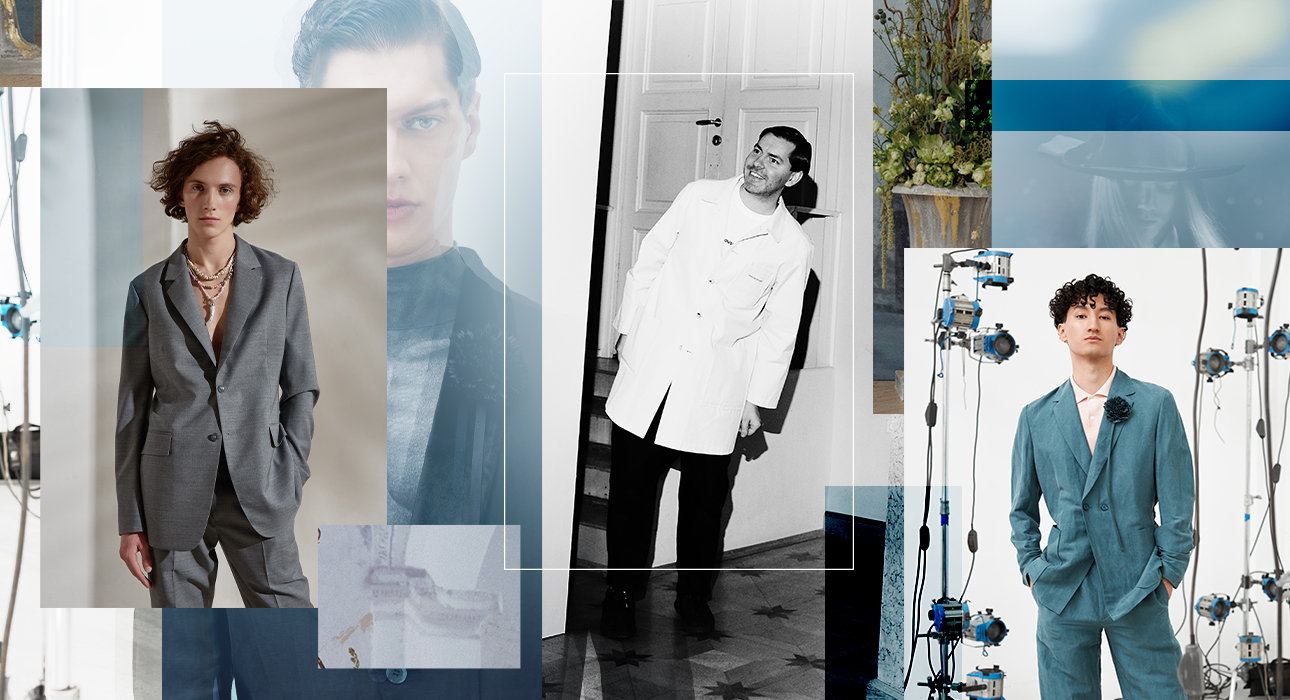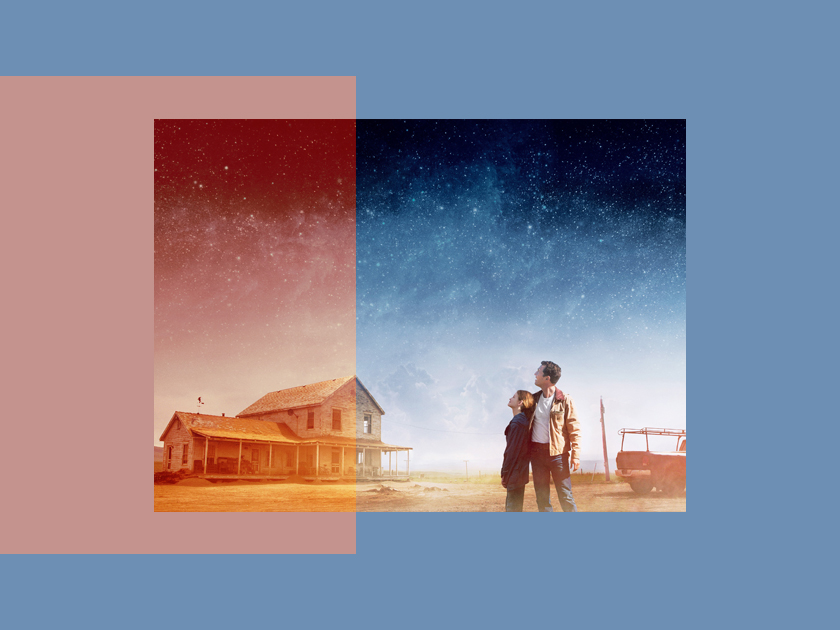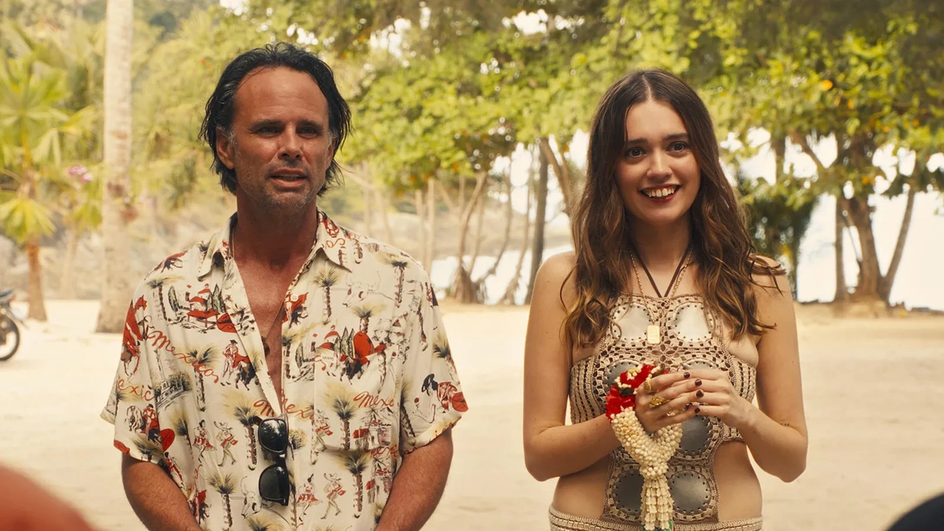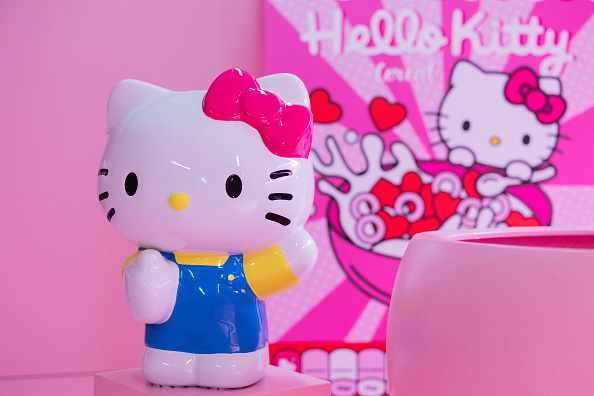Recently, local brands have been rapidly gaining momentum, weight and importance. Almost every week, new players with big ambitions and bright talents appear on the fashion scene. We always follow such projects closely, bring you the most promising ones, and boldly convey the names worth knowing to Anna Wintour.
The new hero of our column is Leonid Alekseev, the founder, designer, teacher and fashion historian of the House of Leo brand. His St. The “lion house” in St. Petersburg is not just a workshop, but also a laboratory of meanings, where a jacket becomes an archetype, a sweatshirt becomes a metaphor for the road, and men’s clothing takes on an internal dramaturgy. Leonid treats fashion as art, but not in a decorative sense but in a philosophical sense. For him, the catwalk is a stage where character, time, emotions and cultural memory can be talked about through fabric and silhouette.
We talked to the designer about why his collections are shaped around male archetypes, why reputation is more important than exaggeration, why there are “meaningless things” in the men’s wardrobe, and why Philipp Plein is the orderly of the fashion jungle.
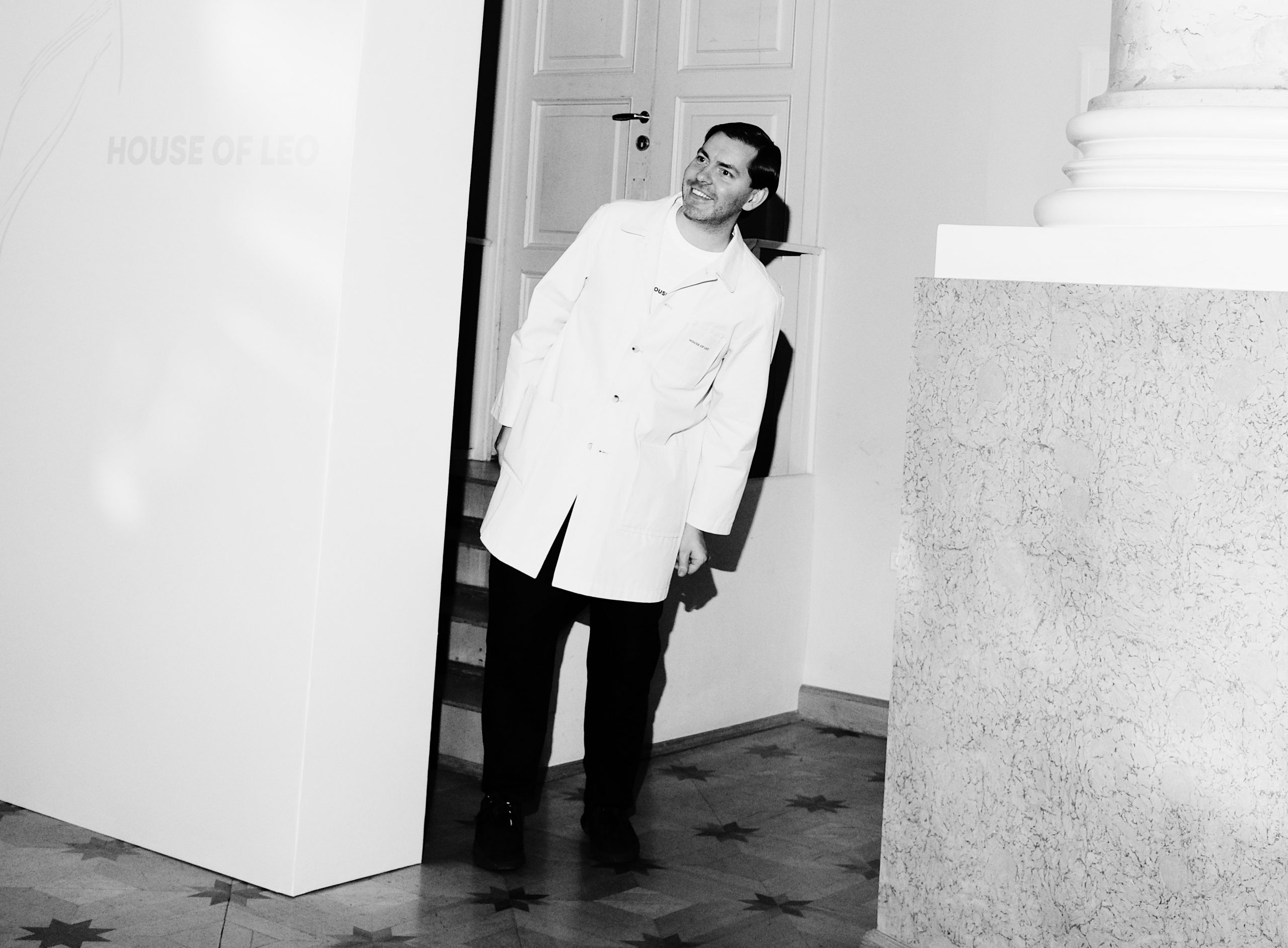

Leo’s House

When I first started thinking about my own brand, I wanted to create not just a clothing brand, but a fashion house with its own atmosphere and philosophy. The word “home” firmly “stuck” to me, but I resisted for a long time because a fashion house, like in Paris, should be a real house, not just an office, but a place where everything lives and breathes fashion. I was looking for such a place for a long time and finally found it – St. A house with a beautiful main staircase in St. Petersburg, where my hall and production are located. There is a large lion head on the facade of the building. This is how the name House of the Lion appeared – the house of the lion. And there is another play of meaning in this: Leo is compatible with my name Leonid.

In 2018.

The main idea of the brand is to explore male archetypes through clothing. I have always been interested in understanding who these men were, how they lived, what they believed and what they chose. Each collection is dedicated to a specific archetype: father, friend, student – everyone who shapes the image of a modern man. Each story has its own wardrobe, its own values and perspective on life.

For House of Leo, it all started with a sailor-inspired sweatshirt. The first collection told the story of a traveler returning from a journey, and this blue striped sweatshirt became the symbol of the collection. Another important element of the House is the men’s jacket. I studied classical suit design for many years, studied the Russian men’s clothing system, and later studied in England, the birthplace of bespouk. It was there that I realized how much a costume can be an expression of personality. Since then, with each collection we create a new jacket from scratch – not from scratch, but literally from scratch, and each one even has its own name.
-
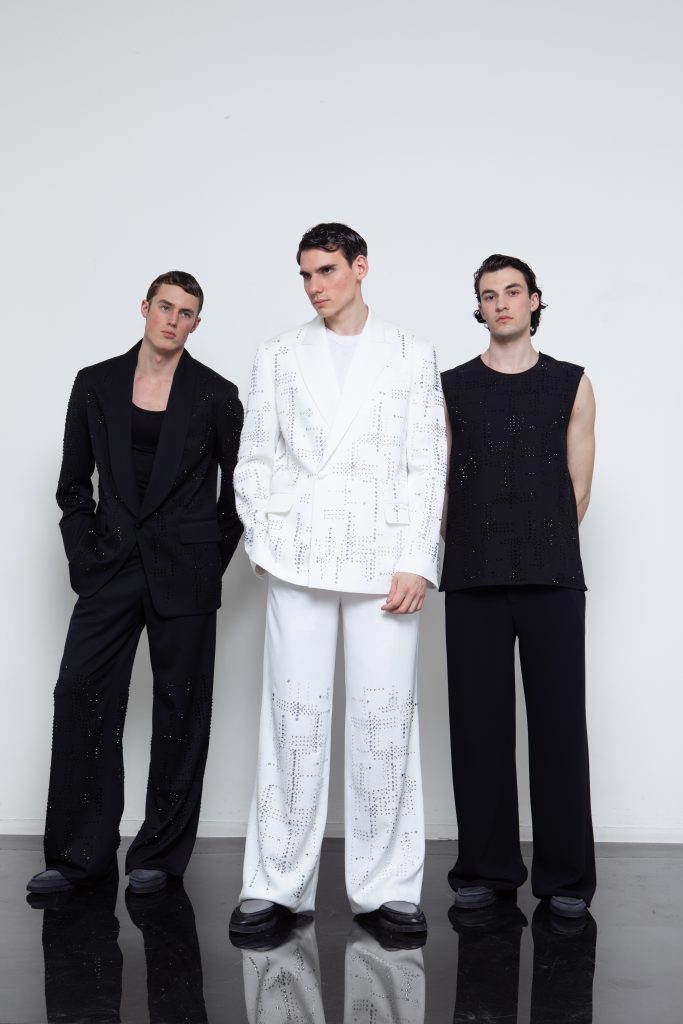
Leo’s House -
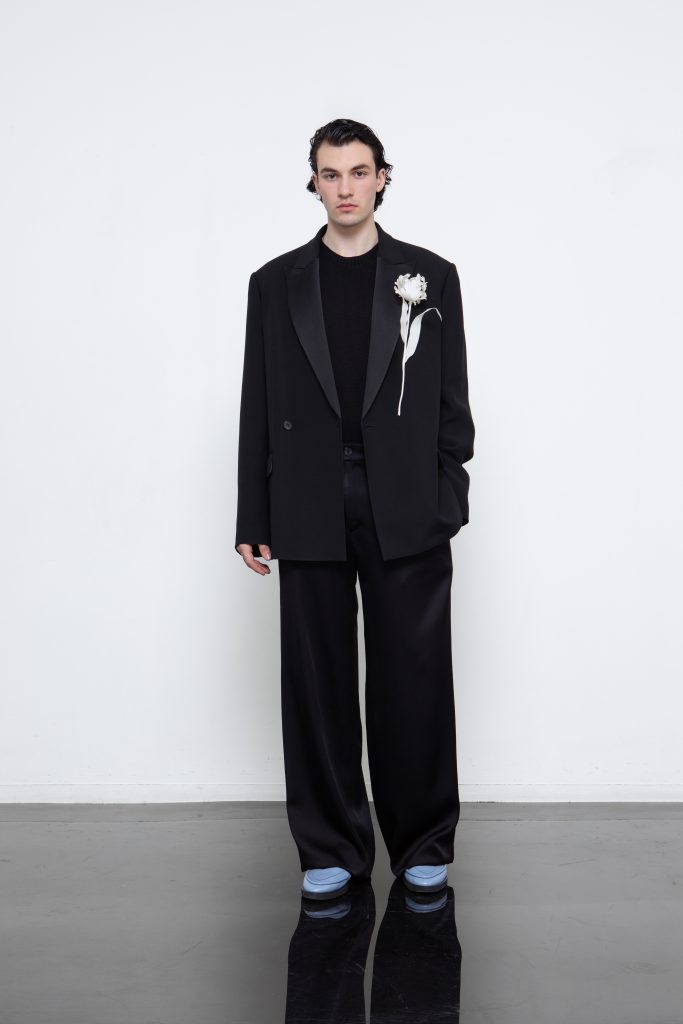
Leo’s House

Each House of Leo collection is a story about a specific person and a male archetype. Our customers are men for whom it is important to express their status but do not want to wear office attire. This is the basic stance of the brand: We create clothes that can be called classic and conservative, but at the same time, they are neither classic nor conservative in the usual sense.

From the theater. I attended a theater studio as a child and one day found myself on a trip to the costume department. I remember what a strong impression these made on me: for the first time, I saw clothes that not only served a person, but also told a story, had meaning. I was blown away by the imagination created by the things hanging there.
At that time, I didn’t yet know that clothes could be created, but I already realized that they had a strong power of image. Later, when I started working, I realized that any designer works with a concept and clothes can convey emotions, ideas and mood, just like a theater costume. I think I’ve been searching for this language ever since.

From the very beginning, I wanted to do fashion that was true catwalk fashion, where clothes became the language of self-expression. I never aimed to make art objects, but I always wanted to convey my feelings and emotions through collections. After returning from London, I realized that in order to achieve this, I needed to create my own workshop, a space where I could generate and implement ideas.
Initially, I thought it would all be about developing collections and selling ready-made clothes through stores. But over time I realized: The most important thing for me is the process itself. Inventing, creating, seeking form; That’s what’s truly inspiring. So House of Leo has become not just a brand, but a creative workshop where I can talk about what is important to me here and now.
-
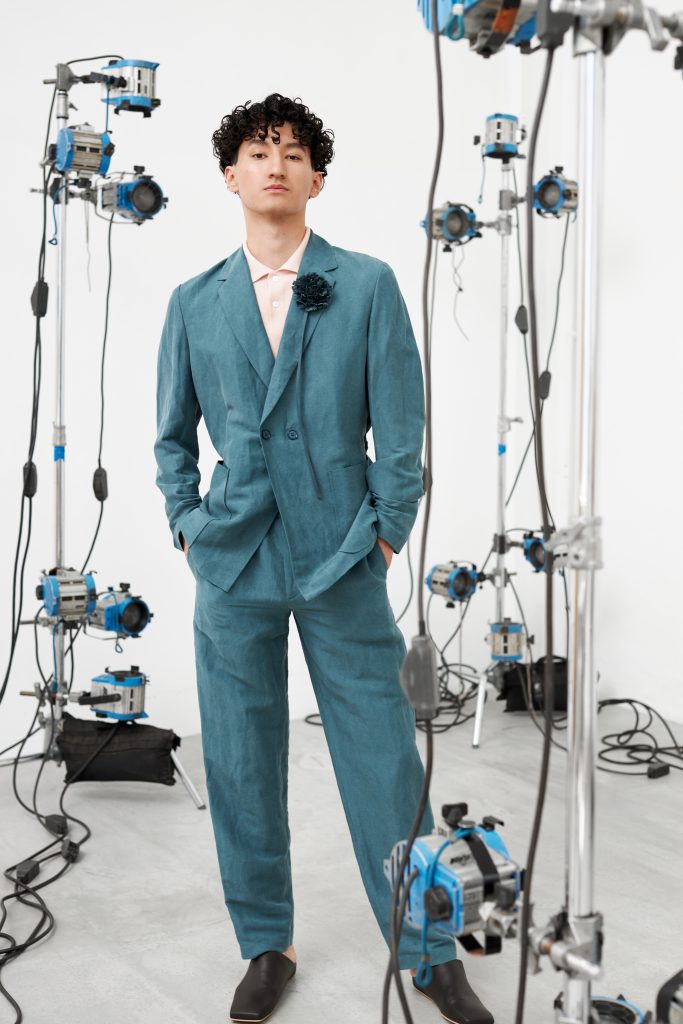
Leo’s House -
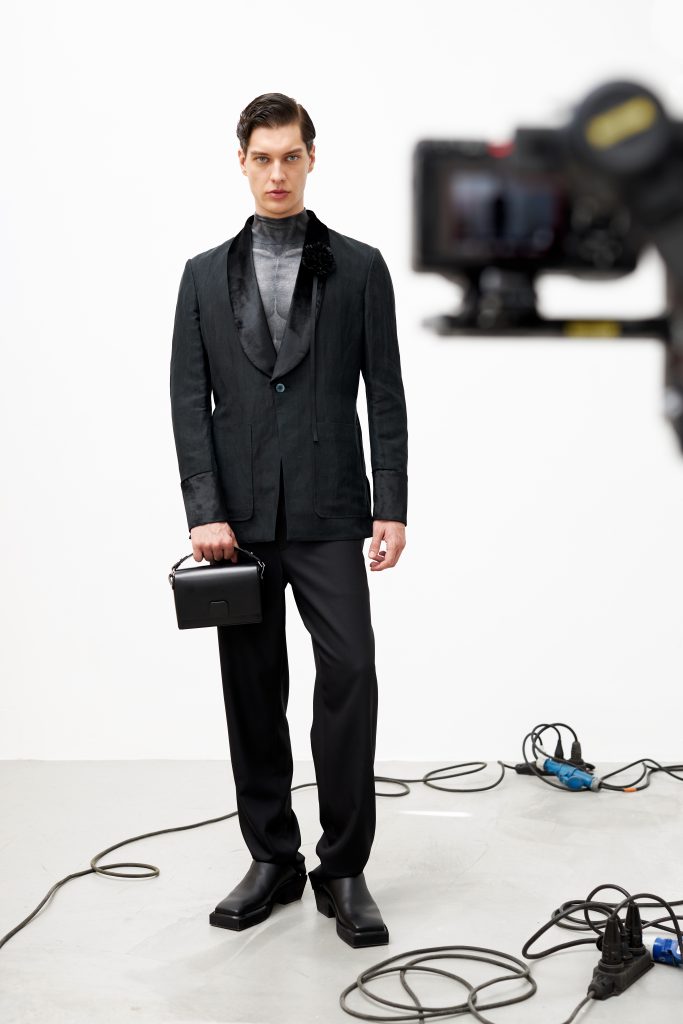
Leo’s House

To be honest, at the beginning of my journey, designers did not interest me much. The idea of the show was closer to me; scale, staging, dramaturgy. It might have been a Chanel show where the clothes didn’t react, but the show itself was magical. Or, for example, Raf Simons, who knows how to completely rethink the DNA of a brand.
Maybe I am sometimes compared to Dries Van Noten because of my love for historical codes and the care I pay to the jackets I work with in each collection. In general, men’s fashion has a special atmosphere: we are small in number and we try not to copy each other so as not to confuse the audience. Of course, there are figures without whom it is impossible to talk about men’s style – Giorgio Armani, for example. Her soft outfit is a complete philosophy. I don’t follow his path literally, but I am close to his sense of form and attitude towards clothing.

We have a slogan: “The man with a home.” This very accurately reflects the brand philosophy. Such a man not only looks good when leaving the house, but also looks good inside the house. Our customers often say that we have “loungewear that can be worn outside” or, conversely, “streetwear that can be worn at home”.
In this sense, a house does not necessarily have to be an estate or a mansion. It can just be your own space where everything is yours, where you are the master. The Leo Dynasty man is a man with his own territory, habits, collections, rituals.
-
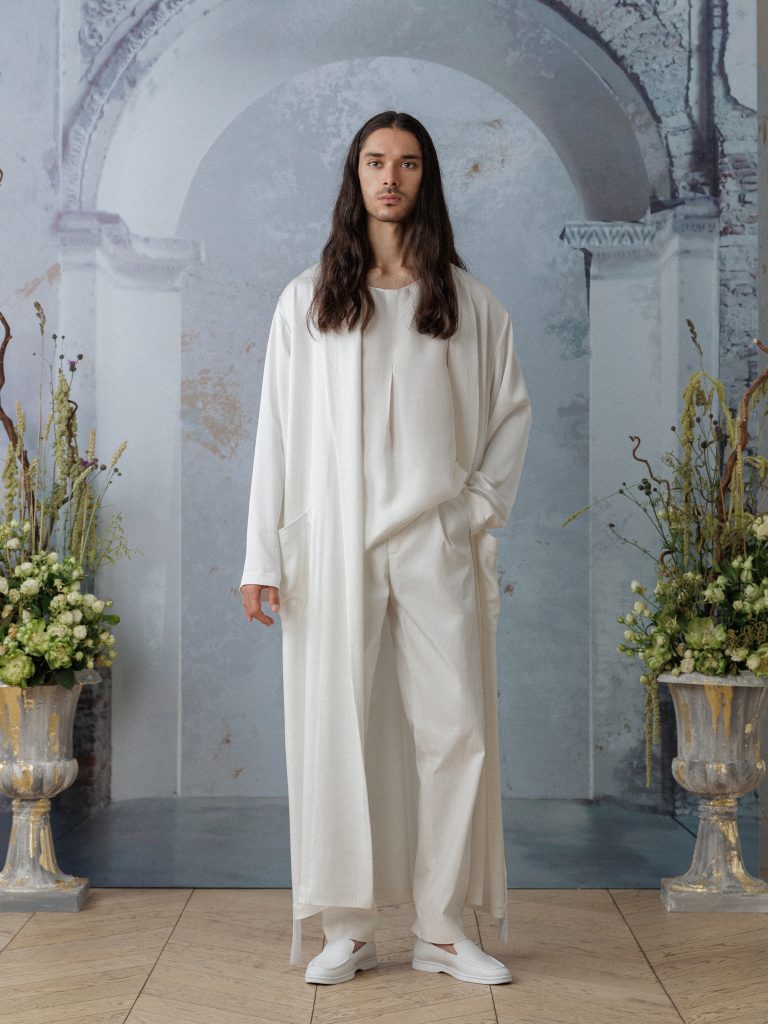
Leo’s House -
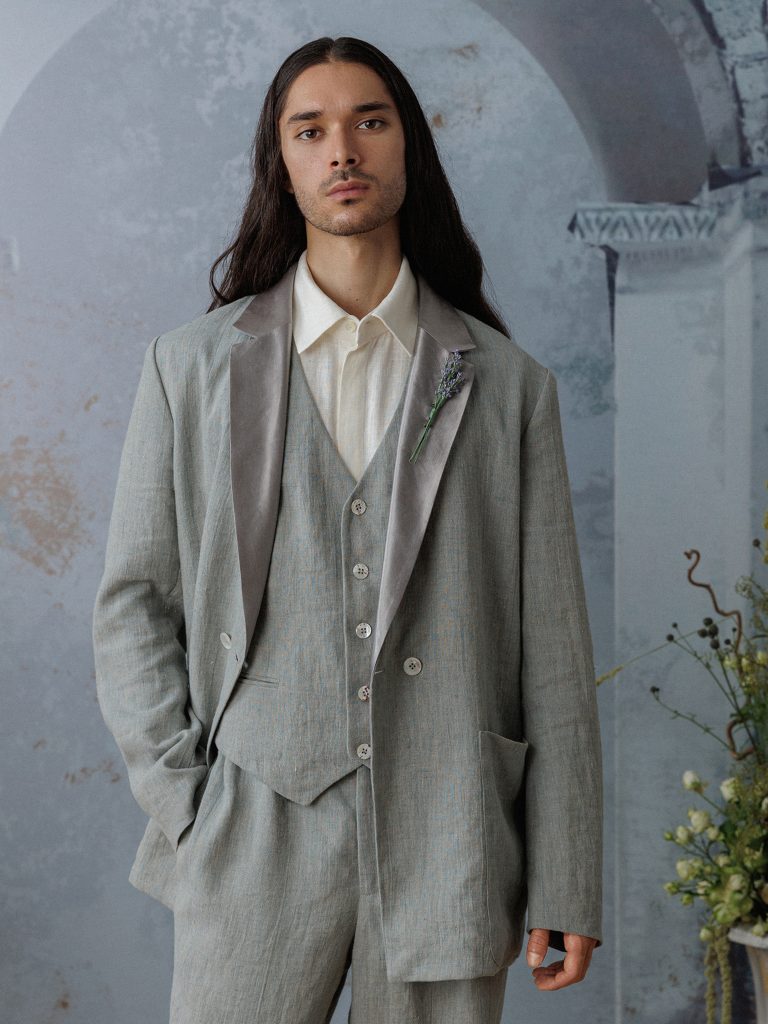
Leo’s House

The truth is that it cannot be copied. I agree with the idea of someone borrowing details or shapes because that’s not the point of House of Leo. After many years of experimentation and study, I have learned to create clothes that will make a man look strong, but without obvious gimmicks. My clothes make people stand out, but no one can quite understand why. All tools are confidential: a mixture of craft and experience.

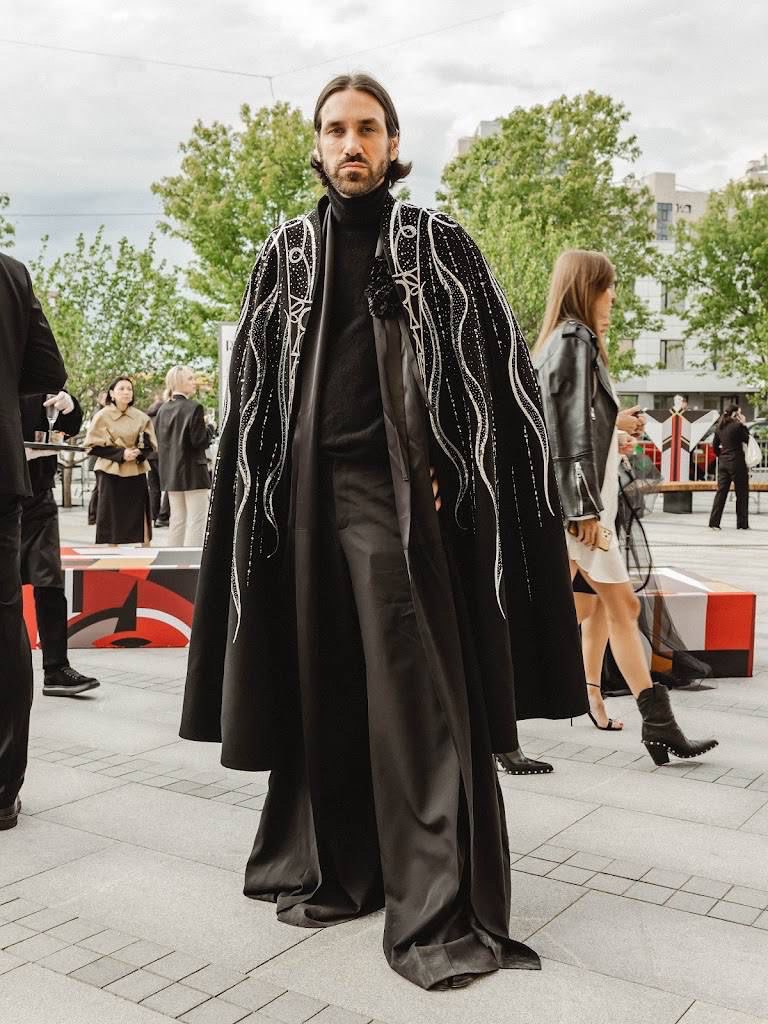
I always try to add non-standard items to my collections, items that people may not immediately understand. It’s kind of like my fetish: making something completely pointless, because men’s clothing is often too functional and rational. But I’m interested in creating something that has no practical purpose. This is exactly how a cashmere cape embroidered entirely with glass beads and stones was created. It took 40 hours of embroidery and several months to create. It was deliberately theatrical, almost antique; It was the kind you would only wear when getting out of the car. Later, the cloak ended up in an exhibition at the Moscow Historical Museum, where it was featured in the same display case as 18th-century evening dresses.
The buyer of the cloak agreed to one of my conditions: When he realized that it had expired, he would return it to the museum as a gift. This is how the cape’s life continues: He started with the museum and has to return there.

In design, I try to avoid clichés, that is, things that are too easy to read. For example, the classic M-65 bomber jacket in khaki with orange lining is already a complete design code; It doesn’t need to be reinvented. The same goes for any “respect”; that is, things that can be described as la Balenciaga or la Margiela. If during the creation process we feel that an item is starting to “play on someone else’s turf”, we remove it from the collection.
I prefer a different approach; working with things that seem off-putting or incompatible with my style and transforming it into something new. This is a design principle by design and is not new. Meanwhile, Miuccia Prada actively preaches this.

Reputation. Our industry is very small, everyone knows everyone and the Internet does not forget anything. Many beginners think that reputation is a temporary thing: today you lose your temper, tomorrow everything will be forgotten. But this is not true. Every word, every action accumulates and one day they form your professional image. It is almost impossible to fix this later – neither PR nor high-profile collaborations will help if they have lost respect for you.
-
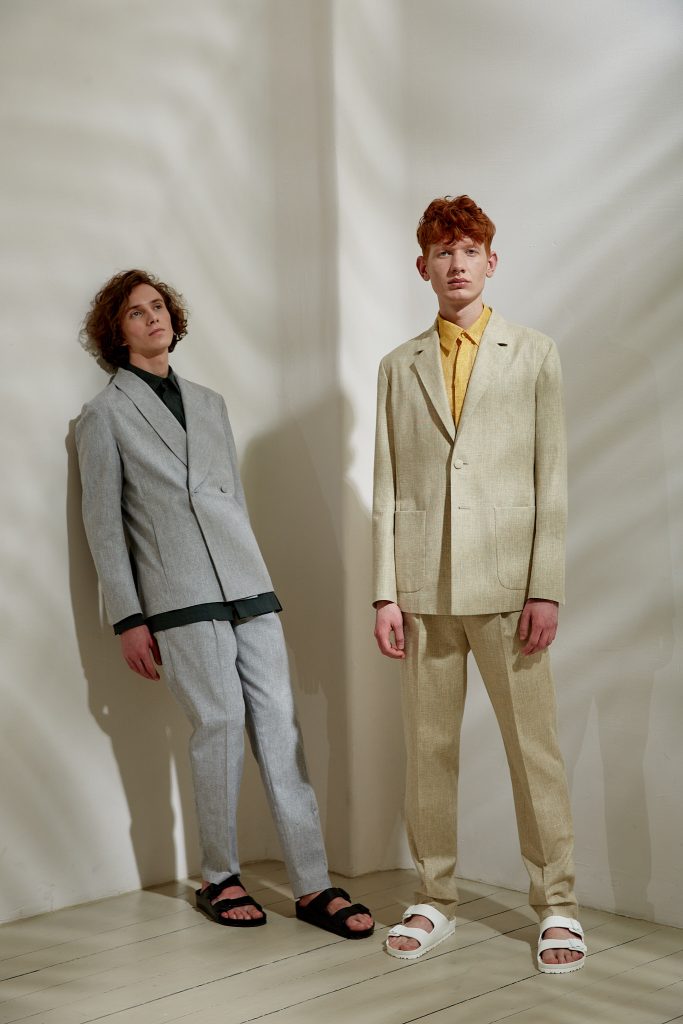
Leo’s House -
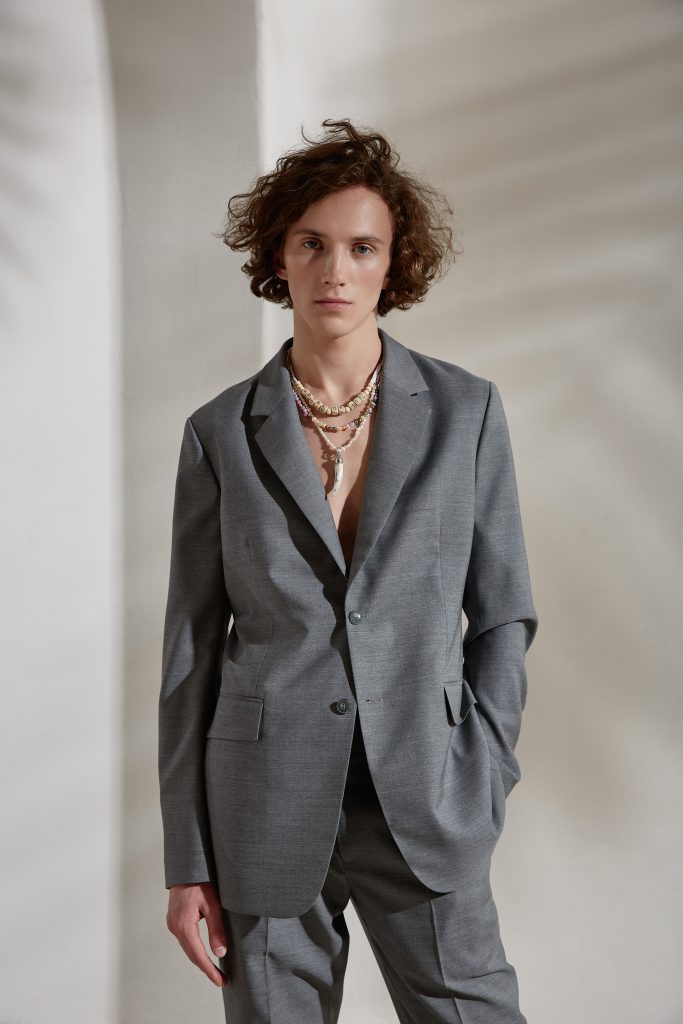
Leo’s House
I often tell students: treat everyone you work with, from assistants and showroom workers to customers, with respect. These “little people” are growing up very quickly and one day the industry will be dependent on them. Reputation is made up of many small actions. This is the foundation on which everything else rests.

My main task now is to make the brand sustainable. The economy is constantly changing and it is important that no external fluctuations affect our ability to work. Fulfill orders on time, pay salaries, create work at the level our customers are accustomed to. Crises are temporary, but the brand must have a long life. That’s why today I’m not thinking about scaling, but about merging positions: It’s important to understand where you stand and what you’re responsible for.

This is a closed club. This is a subculture of people who love, understand and read the language spoken by clothing design. However, in my understanding, not everything the industry does is trendy. It’s not for everyone, and not everyone needs to be “trendy.” Those who truly love it don’t need to turn into freaks and show it every day – it can be used in fashionable doses.
It confuses me that fashion is present at a person’s breakfast, lunch and dinner. It’s like a person who always goes to restaurants for every meal. It is important to take a break so that fashion does not lose its originality. If you have a wardrobe full of Loewe, Bottega Veneta and others then it must be worthwhile.

I would build a small state where I could realize a world close to my values. More pragmatically speaking, I would work for the restoration of architectural and cultural heritage. I like the idea of bringing life back to old places: creating galleries, hotels, museums from them. It’s always inspiring when new energy enters historic buildings; It’s like you’re continuing their biography.
-
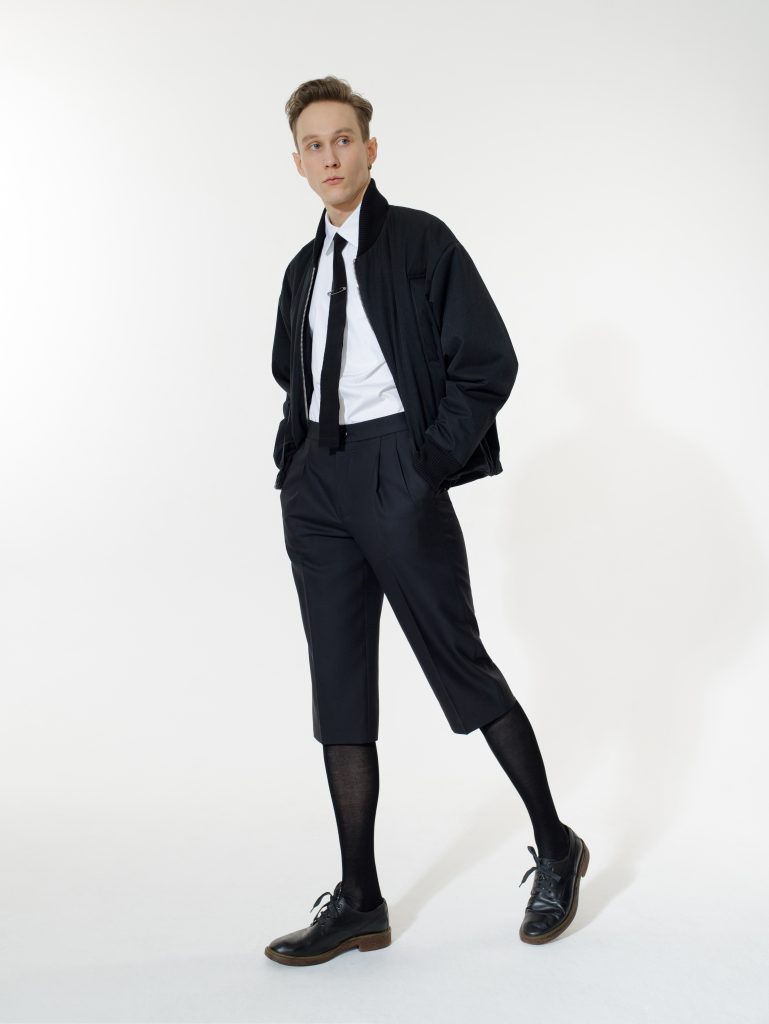
Leo’s House -
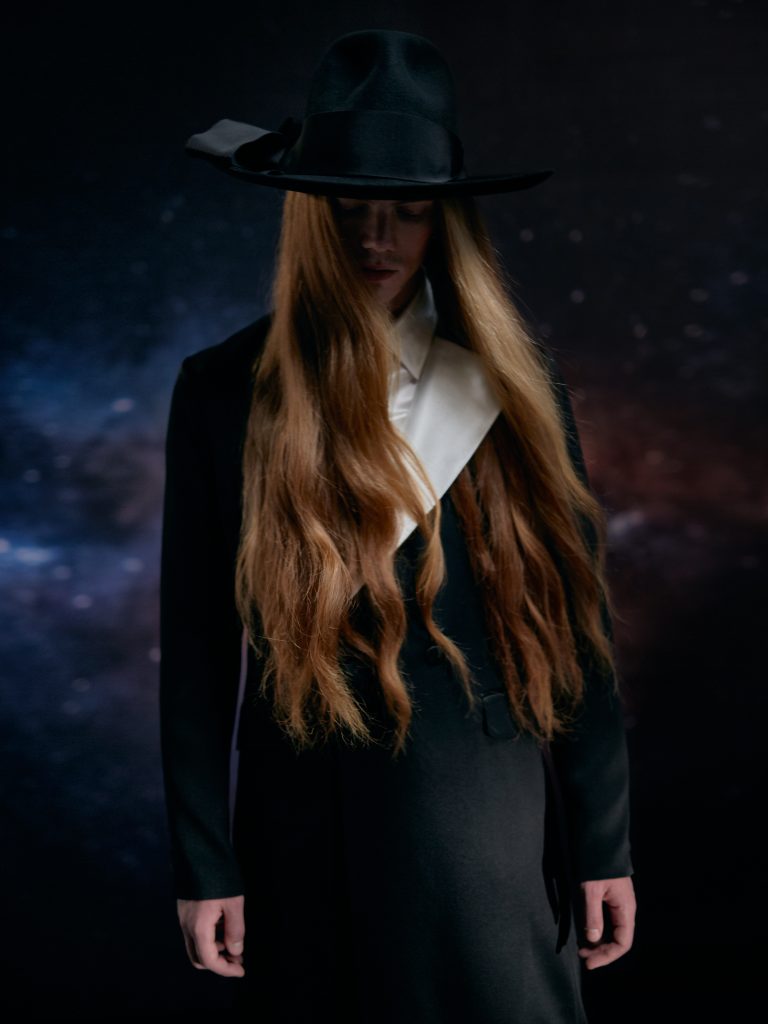
Leo’s House

Anna Wintour will wear whatever she wants. It doesn’t matter to me. Good artists spoil me; Men who wear my clothes, order them, buy them, talk about them. Therefore, I don’t have the dream of “I wish I could dress at least one star.” We already dress many people. But if I had to choose, I would want it to be Maxim Matveev, with whom we worked before. So if Anna Wintour wanted to do a cover with her, I’d be all for it.

We often come up with funny things with students. One of my favorite projects is a big, soft, orange hand that can be used to hug people. It was invented by my student Valery Bezrukov. We laughed for a long time talking about cartoon characters and various characters back then. But in the end it turned out to be very touching. I would probably make exactly “clothes for hugging” – there is both irony and humanity in this.

Philipp Plein. Even though you know, here’s the surprising thing. Philipp Plein is not a designer. We ourselves understand that this is a big job. There are thirty designers sitting there working on some themes and client requests. They are processing this request. It is not possible for one person to sit down and come up with something. We know when there is a demand. When there is no demand, we will never know about it.
And unfortunately there are people with bad taste. There are many. They want to be pathetic, they want to think that all “smart” fashion is bullshit, but it’s cool to have capital letters on their asses. This isn’t going anywhere. That’s why we sometimes joke that Philipp Plein is a forester: He gathers all these people in his house and they don’t wear things from other brands. So on the one hand, yes, Philipp Plein is one of the most questionable brands. But on the other hand, if he disappears, will all these people suddenly wake up and go to Dries Van Noten? They won’t go away.

Simon Nesman.
Source: People Talk
Elizabeth Cabrera is an author and journalist who writes for The Fashion Vibes. With a talent for staying up-to-date on the latest news and trends, Elizabeth is dedicated to delivering informative and engaging articles that keep readers informed on the latest developments.

